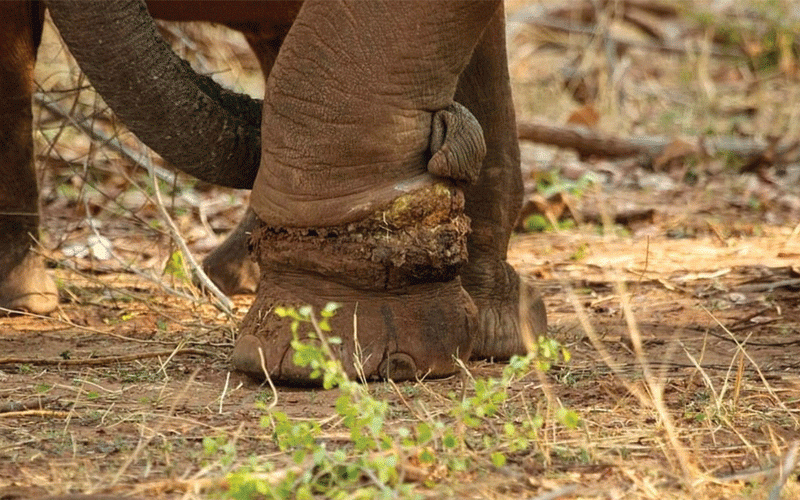BY MTHANDAZO NYONI ONE of Zimbabwe’s leading advisory firms says significant opportunities have emerged in listed fashion counters as consumers troop back to work post-pandemic lockdowns.
With inflation running amok, consumers’ budgets have been overrun by rioting prices, but Morgan&Co experts feel this has not dissipated their taste for finer garments.
The past two years have been difficult as nations have been locked down to fight the COVID-19.
Morgan & Co said the current economic terrain required investors to “put money where their mouth is”.
It said ideal counters would also include food-oriented businesses.
“Since economic sectors with stronger resilience are likely to outperform others in 2022, business performance will vary across many of the consumer markets and operating hubs. One interesting sector is the local fashion industry,” Morgan&Co said in its June economics and market intelligence report.
Keep Reading
- Chamisa under fire over US$120K donation
- Mavhunga puts DeMbare into Chibuku quarterfinals
- Pension funds bet on Cabora Bassa oilfields
- Councils defy govt fire tender directive
“Truworths, for example, recently announced it will now focus on cash sales in the wake of rising inflation. The new strategy will enable the business to reduce its exposure to credit sales. The retailer’s revenue for the half year increased from $221,5 million to $314 million despite the effect of the 20% retention on US dollar sales which were liquidated at the auction rate.
“That said, fashion trends are also shifting as more people return to the workplace and formal occasions are reinstated on social calendars. It is envisaged that consumers will reinvigorate the formalwear business in the year ahead. Similarly, in footwear, consumers will look beyond the sneakers and comfy sandals that ruled lockdown-ear shopping.
“We also note stiff competition from informal business operators that continue to threaten the viability of established clothing retailers like Truworths and Edgars. Morgan & Co Research has always maintained that the current economic setting requires investors to ‘put money where their mouth is’. It appears that food-oriented businesses like Innscor, Simbisa Brands, OK Zimbabwe and Meikles Limited are better stock picks for now,” the report read in part.
The country’s economic outlook remains highly uncertain, with the World Bank trimming the southern African nation’s growth forecast to 3,7% from 4,3% on the back of the impact of the Russia-Ukraine war and the COVID-19 pandemic.
The Bretton Woods institution also expects growth to marginally slow down in 2023 to 3,6%.
Meanwhile, the headline consumer price inflation accelerated to a 12-month high of 131,7% in May 2022 up from 96,4% recorded in April 2022. This also marked the first time the annual inflation rate crossed back into the three-digit level since June 2021.
The cost of living for an individual in Zimbabwe per month as measured by the poverty datum line accelerated by 23,6% to $14 041 in May 2022.
Estimates from the World Bank also show that the number of extremely poor Zimbabweans reached 7,9 million, almost 49% of the population in 2020, up from 42% in 2019.
- Follow us on Twitter @NewsDayZimbabwe





